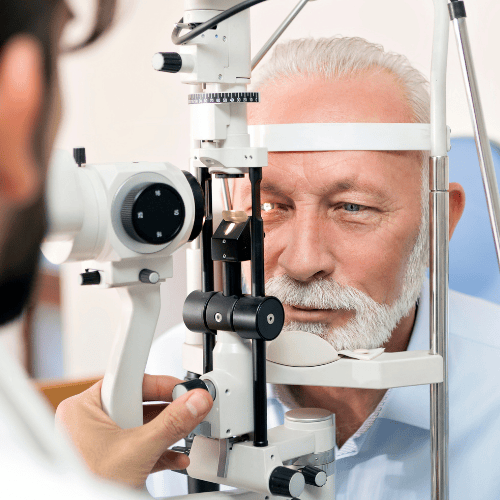WORSENING OF CHILDREN’S VISION LINKED TO PANDEMIC

A recent study1 suggests that home confinement from COVID-19 restrictions may be related to an increase in nearsightedness in school-age children.
Nearsightedness (also known as “Myopia”) is rapidly increasing worldwide. It’s predicted that by the year 2050 there will be 5 billion people with myopia (more than double today’s numbers). We know that, in addition to genetics, there are environmental factors that are now known to contribute to this change. Higher levels of myopia lead to more risk for vision loss due to eye disease.
In the study1 it was found that the rate of myopia during one year of the pandemic increased by 1.4 to 3 times the annual rate (based on the previous 5 years). The effect was more pronounced in younger children (age 6-8). The variables thought to be responsible for this increase include reduced time spent engaging in outdoor activities, and increased screen time.
At MVO we have new methods of treating myopia in children. Here are the treatments we have found to be most successful:
· “Myopia Control Contact Lenses” – specially designed therapeutic soft contact lenses that are comfortable and convenient to use
· Atropine eye drops – in a diluted form (5/100th the normal dosage) these have been found to be a safe and effective way to reduce the progression of child-onset myopia
· “DIMS” Technology eyeglass lenses – they look the same as any other pair of eyeglasses but are designed to effectively address the main cause of progressive myopia in children – “axial elongation” or lengthening of the eye itself
Therapy for progressive myopia needs to start early to have a chance of being effective. If you are concerned about how quickly your child’s eyeglass prescription is changing, be sure to book an appointment to discuss myopia control options with your MVO eye doctor at your next visit.
1. JAMA Ophthalmology: Progression of Myopia in School-Aged Children After COVID-19 Home Confinement | Ophthalmology | JAMA Ophthalmology | JAMA Network











